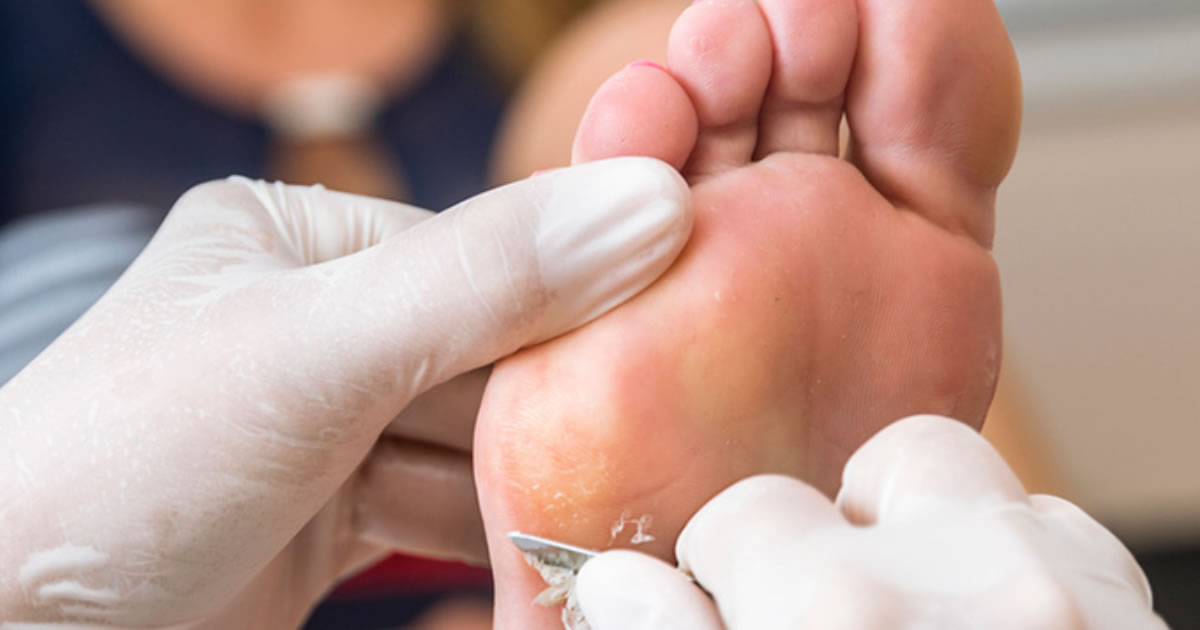
Corns and Calluses are a pathology suffered by almost all humans, they are hard and thick layers of skin that appear when the skin tries to protect itself from friction and pressure. They are always formed on the fingers or toes. Corns and calluses are usually painful and unpleasant.
In a healthy person, if they cause discomfort, you will only need a good treatment Corns or calluses. In most people, simply removing the source of friction or pressure causes calluses to disappear.
If the person suffers from diabetes or some other disease that decreases the circulation of blood to the feet, has an increased risk of having severe complications from Corns and calluses, it is best to consult a doctor about the proper care of calluses, when the patient has any of these diseases.
SYMPTOMS
If you notice any of the following symptoms, they are evidence of having calluses:
- An area of thick, hard skin
- A hard, raised bump
- Tenderness or pain under the skin
- Waxy, dry, or scaly skin
- Corns and calluses are not the same.
Corns are smaller than calluses and have a hard center surrounded by inflamed skin. Corns usually develop on the tips and sides of the fingers and even between the fingers. Corns can be painful when pressure is put on them and are usually caused by continuous friction or being overweight by improperly affirming the foot.
Calluses are rarely painful. They usually form on the soles of the feet, especially under the heels or metatarsal region, on the palms or knees. Calluses vary in size and shape and are often larger than corns.
CAUSES
Pressure and friction caused by repetitive actions cause corns and calluses to appear and grow. The following are some sources of pressure and friction:
- Wearing shoes that don’t fit well. Tight, high-heeled shoes usually compress some areas of the foot. When the footwear becomes loose, the foot may slip several times and rub against the shoe. The foot may also be rubbed against a seam or stitch that is inside the sock or shoe.
- Do not wear socks. Wearing shoes and sandals without socks can cause friction on the feet. Socks that don’t fit properly can also be a cause.
- Play musical instruments or use hand tools. Calluses on the hands can appear because of repeated pressure when playing a musical instrument, using hand tools, or even writing.
RISK FACTORS
The following factors increase the risk of developing corns and calluses:
- Bunions. A bunion is an abnormal bony bump that forms at the joint at the base of the big toe.
- Hammertoes. The hammertoe is a deformity in which the toe bends like a claw.
- Other foot deformities. Some conditions, such as osteophytes, can cause constant rubbing inside the shoe.
- Do not protect your hands. Using hand tools without wearing gloves exposes the skin to excessive friction.
PREVENTION
The following recommendations that help prevent corns and calluses:
- Wear shoes that have adequate space for the toes. “THERAPEUTIC AND BIOMECHANICAL FOOTWEAR BOCCIO” shoes manufactured according to the individual and particular need of each patient, made with 100% natural materials, comfortable and designed especially for this type of situation.
- Wear gloves when using hand tools or try to coat hand tools with fabric tape or some morbid coating.
